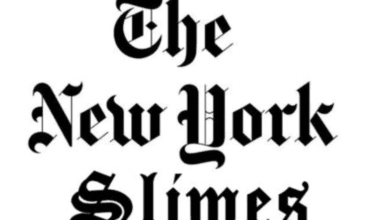The Recession is deep, but likely short-lived
The Bureau of Economic Analysis announced that GDP in the second quarter of 2020 decreased by a whopping 32.9%. Since GDP declined by 5% in the first quarter, we had officially entered a recession. The current US recession is very deep. But it will likely turn out to be short-lived.
In addition, the Labor Department announced Thursday that more than 1.4 Americans applied for unemployment benefits last week. That marks the 19th straight week that more than 1 million people have applied for unemployment benefits. Prior to the coronavirus the number of Americans seeking unemployment checks weekly never exceeded 700,000.
Reiterating: The current US recession is serious
We cannot overstate this fact: the current US recession extraordinarily deep. However, the first massive round of Federal stimulus aid did stop the sharp spring economic decline. And nearly 8 million Americans returned to work in May and June. Still, the decline in April proved so deep that the economy recorded that big drop we just saw in the government’s recently released numbers.
In early July the number of reported coronavirus cases began to increase rapidly. Many states that had re-opened their local economy needed to backtrack and slow or reverse many of those openings. That, in turn, led to more layoffs and perhaps a slowing of the recovery as well.
The unemployment rate and the number of jobs created in July will be announced on August 7. Most economists expect an increase in the unemployment rate and a net job loss for July. However, that may not be what actually happens.
Even with the announced closures in July, we can see that the recent number of newly unemployed has held relatively constant at about 1.4 million per week for the past three weeks. This indicates that the job loss number may soon prove less than the jobs added. The reason? Many parts of the country are still expanding. In other words, we may see a net job gain in July and a further reduction in the unemployment rate.
The strong job numbers in May and June may also indicate that the economy is growing once again. Why, then, did the second-quarter GDP number end up so negative? The April GDP, starting from the near-complete shutdown of the US economy that occurred in March, quickly became so steep that the smaller gains in May and June proved not nearly robust enough to offset that huge decline. That accounted for such a large decline in the second quarter.
In other words, suppose the economy produced 100 units of output in March. In April, the economy contracted sharply and produced only 50 units. But in May production increased to 60 units and in June production increased to 70 units. For the entire second quarter (April, May, June) the economy dropped from 100 units to 70 units, a 30% decline, even though both May and June were positive. That’s essentially what happened in the second quarter of this year.
So what might happen in Q3 2020? A deeper US recession?
It all depends on the coronavirus, the progress toward a vaccine, and the reaction of state governments to this weirdly political health crisis. Since both May and June saw increases in economic activity, we can perhaps justify the hope that July continues with that trend. But with the virus flaring up in many states, July’s growth numbers may prove difficult to forecast.
An optimistic view would say that the increase in business activity in the manufacturing sector and overall activity in the other sectors — particularly those in states where increased shutdowns did not occur — were greater than the number of layoffs. If that holds true, the net jobs number will be positive for July. That would strongly indicate that the US recession has definitively ended and recovery and growth remain on the upswing.
If July job numbers end up negative, that would likely mean the economy did not grow in July. If the shutdowns last into August, the economy could slip back into recession. That’s why Congress is currently debating another round of stimulus. Unfortunately, as of this writing, the outcome of these debates in a highly contentious election year may prove elusive.
What about the deficit?
Because the Federal Government budget deficit already exceeds $4 trillion for 2020, more stimulus would increase that deficit further. The public debt prior to this year was $23 trillion. That means this year’s deficit could bring the public debt to near $30 trillion, a genuinely daunting figure.
Most economists will claim that public debt is not a problem if it amounts to less than one year’s GDP. GDP for 2020 will be about $20.5 trillion, meaning that the public debt could equal 50% more than one year’s GDP.
Economics and politics continue to work to determine the contents of Congress’ likely final stimulus package. Let’s see what happens next.



